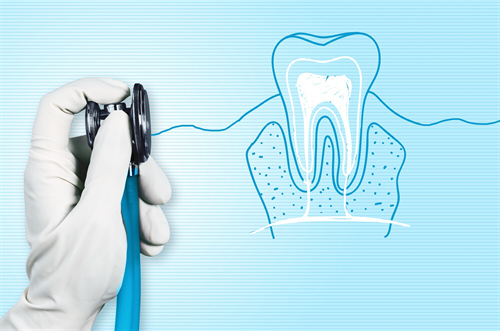Root canal explained
What is root canal treatment?
Root canal is one of the endodontic treatments that the dentists perform. For you to be able to understand the treatment and why it is necessary you need to know the anatomy of the human teeth. There are three layers; the enamel which is the white outer part, the dentin that is located underneath the enamel- it is usually yellow in color and the pulp which is the inner layer. It is a soft tissue that contains blood vessels and also the nerves. It also connects the tissues that surround the root of the teeth. This is one of the important tissues in a human tooth especially during the growth and development of the teeth. As important as it is, the teeth can survive without the pulp once it reaches maturity.
So, why would I need the procedure?
Due to the oral habits that you lead, your pulp may get inflamed or infected. If this happens, then you will need to go through the process. The inflammation of the pulp, may lead to other dental problems including; tooth decay and cracking of the teeth. The inflammation of the teeth may be caused by injury or trauma. If the inflammation of the pulp is left untreated, it may lead to the formation of abscess. Abscess is the swelling of the tissues with the accumulation of pus.
Signs and symptoms to look for
When you experience; pain, lingering or prolonged tooth sensitivity, gum tenderness, teeth discoloration, swelling of the gums and tenderness of the lymph nodes then you may want to see the dentist. One thing that you ought to know is that you may at times not experience symptoms. Regular visits to the dentist will help you diagnose the problem early in advance.
How will the procedure save my teeth?
The procedure involves several sessions. The dentist will first evaluate your teeth by using the X-rays and other tests. Once they have noted the problem, they will apply a numbing cream so as to reduce the pain effect. They will then isolate the tooth in question using a protective sheet. This will keep the tooth free from saliva.
The dentist will then proceed to make an incision through the crown of the tooth. The pulp chamber will be cleaned ready for the filling. The dentist will fill the root with biocompatible elements. They will use an adhesive cement to seal the root canals. You may get the temporary filling which will be removed by the dentist before the restoration of the teeth tooth takes place.
On the final visit, the dentist will remove the filling and the crown will be restored. There are times when the dentist will place a post inside to hold the tooth in place. This happens when the tooth does not have enough structure to support the restoration process.
Are there any other effect?
After the procedure, you may experience tooth sensitivity and pain. This can however be controlled with over the counter medications.









